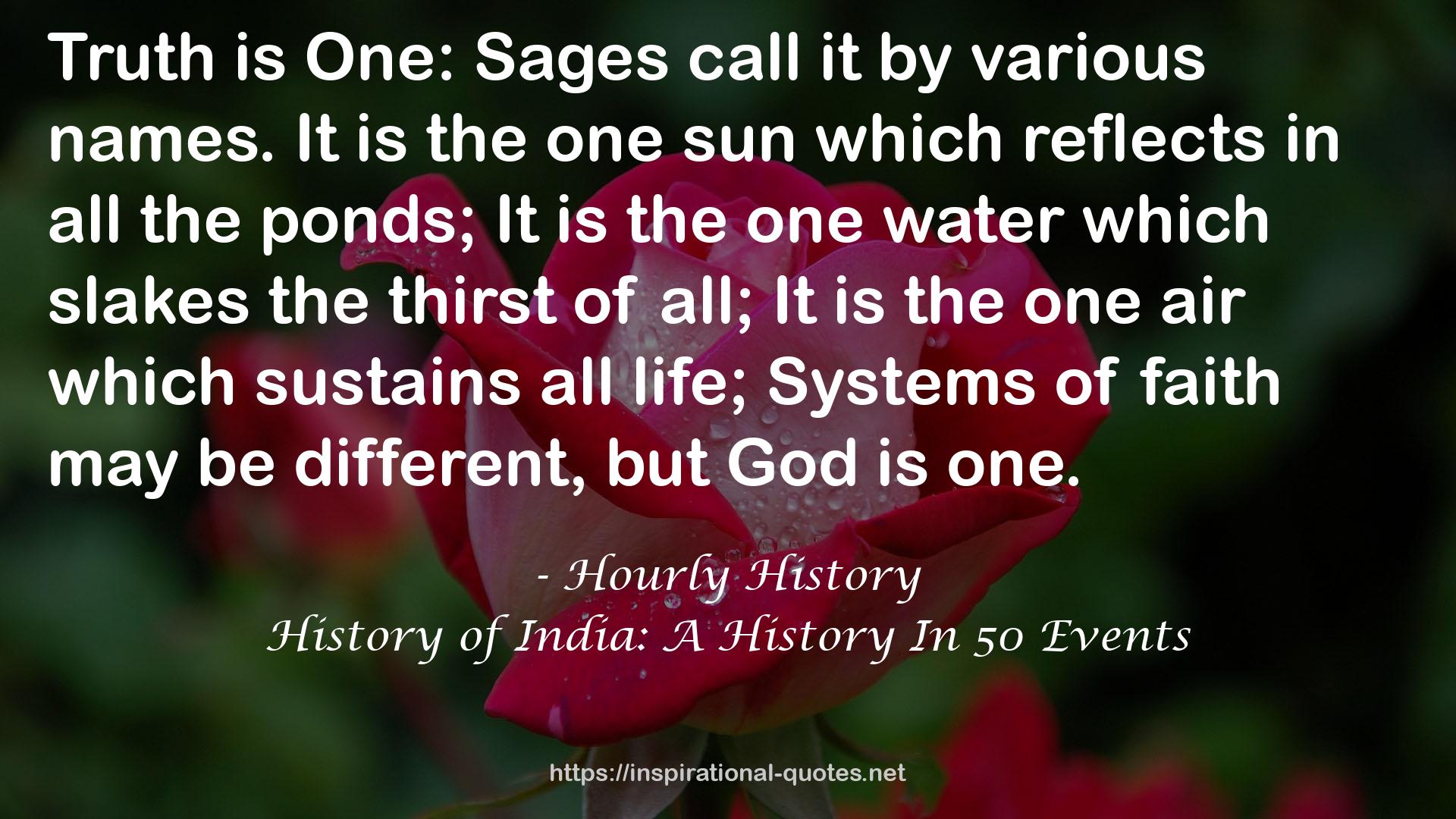History of India: A History In 50 Events QUOTES
SOME WORKS
- Faster We Burn (Fall and Rise, #2)
- My Sweetest Escape (My Favorite Mistake, #2)
- For Real (Rules of Love, #1)
- Sweet Surrendering (Surrender Saga, #1)
- Style (The OTP, #1)
- Marriage of Unconvenience
- Surrendering to Us (Surrender Saga, #2)
- Dark Surrendering (Surrender Saga, #3)
- Christmas Catch (The 12 NA's of Christmas)
- Neither (The Noctalis Chronicles, #3)

